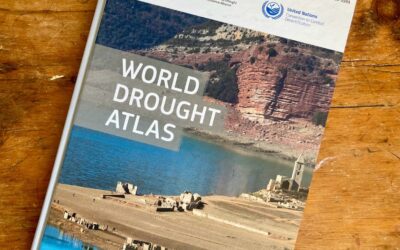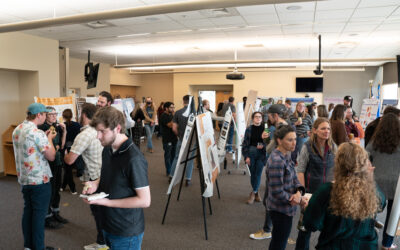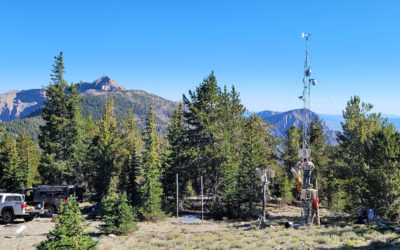Meet Meghan Rennie, a Master’s student in atmospheric sciences. At DRI, Rennie is working with Dr. Hans Moosmüller from the Division of Atmospheric Science (DAS) to study aerosols and mineral dust for their optical properties that effect Earth’s energy budget.
What brought you to DRI?
After completing my bachelor’s degree at UNR, I am continuing on into my Master’s and my Ph.D. at UNR. The Desert Research Institute offers students access to amazing faculty and research opportunities at one of the world’s leading research organizations.
What are you studying?
I am studying aerosols (small particles of solid and liquid that are suspended in the atmosphere) and mineral dust for their optical properties that effect Earth’s energy budget. These properties give insight into how the local and global climate is being affected by the presence of dust and aerosols.
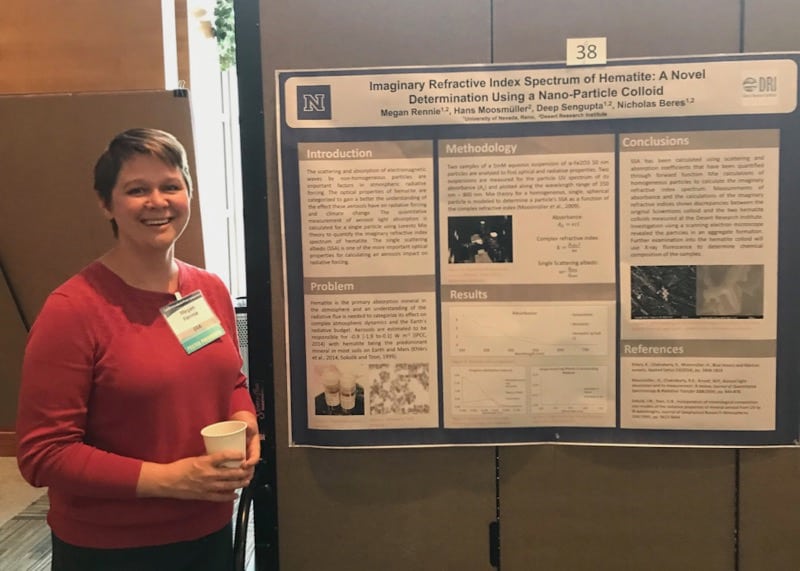
Meghan Rennie, a Master’s student in atmospheric sciences at DRI.
What research projects are you working on? And who at DRI are you working with?
I am working primarily with my graduate advisor, Hans Moosmüller. We are working on publishing a paper on particles of iron oxide, the most predominant mineral in most soils on Earth, that have been suspended in water to determine how much light and energy they absorb and scatter. We are also a project to characterize the optical properties of aerosols that are emitted from the burning of cheatgrass. These optical properties are important to clarify the role smoke from cheatgrass plays in changing the Earth’s energy budget.
What are your short-term and long-term goals while at DRI?
My short-term goal is to publish and get my masters finished. My long-term goal is to complete my Ph.D. at UNR and DRI while building a solid foundation in research.
Tell us about yourself. What do you do for fun?
When I’m not working or doing homework, I love to go hiking with my husband and our dogs and spending time with my family and friends. I also love to bake and try to read as much as I can.
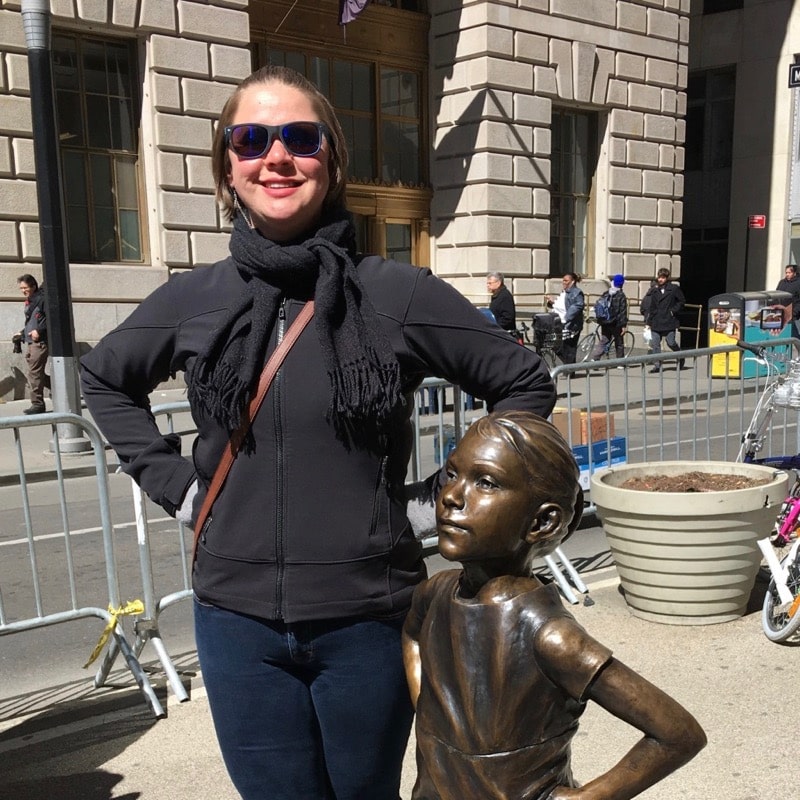
Meghan Rennie, a Master’s student in atmospheric sciences at DRI.
